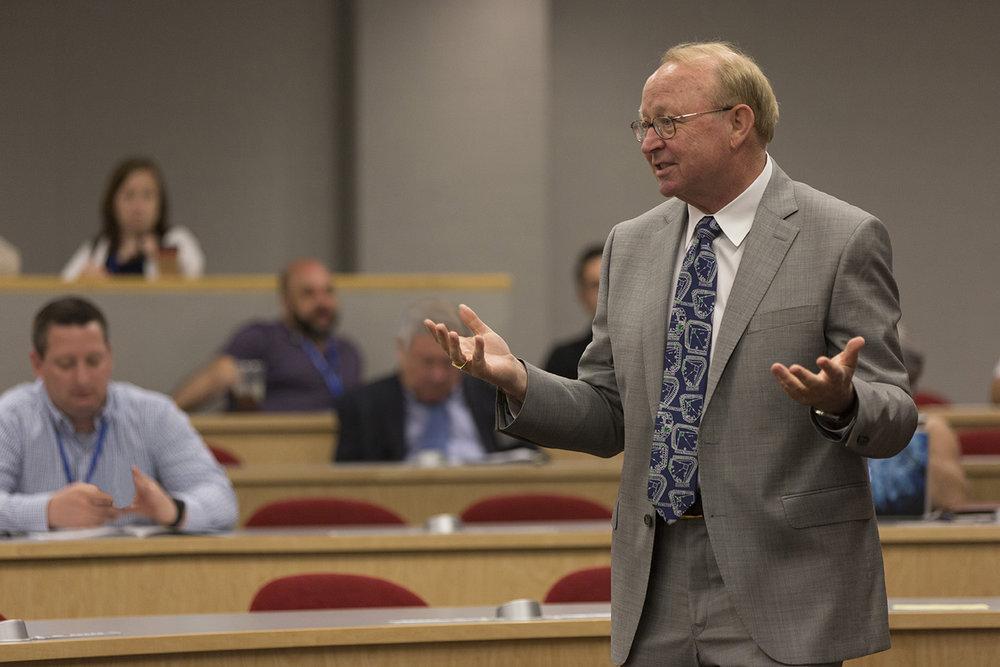
We've Been Here Before

An assassination attempt of a US presidential candidate. College students protesting the involvement of the US in a war overseas. Ordinary Americans disrespected by fellow Americans for wearing symbols of their beliefs. The year? 1972. The assassination attempt then was aimed at candidate George Wallace crippling him for life. The war was Vietnam. And one example of symbol wearing was returning Army vets in uniform who were screamed at and spit upon by some fellow citizens. How do I know? I was present and a firsthand observer of it.
I’m thinking of all this after the assassination attempt on presidential candidate Donald Trump, just finishing the NY Times bestseller, “The Women,” about nurses serving in Vietnam, and reflecting upon my own memories of graduating from OSU in the spring of 1972. I was commissioned that June as a second lieutenant in the US Army. Being in ROTC was so unpopular at the time I rarely wore my uniform on campus. One day just before graduation, I had to wear my uniform to another class before attending an event at the ROTC building. I still remember walking into class to sit down at the table with my classmates when one whom I had sat with all quarter looked at me in disbelief and said, “I didn’t know you were one of those.” Or when I picked up my best friend the year before who returned from Vietnam in uniform he was yelled in the airport by a couple folks shouting offensive epithets.
Santayana is the philosopher most often credited with the phrase that people who fail to learn from the past are condemned to repeat it. The events today are strikingly similar to ones in the early 70’s but two historical time periods are rarely exactly the same. I mean I wasn’t buying bottled water on campus, using my cell phone to call home, or practicing flying drones while attending OSU. Are there lessons for leaders today from 1972? Maybe. At the top of the list might be to really understand the context before making decisions. It’s digging into all the information available and strategically applying it before decision making. For example, we all know today that information, true or not, becomes amplified with social media. We are all biased based upon our individual experiences, the information we are provided, and how we process pieces.
Before you assume the worst in someone for their beliefs, perhaps consider their perspectives. Try to listen to ideas other than your own and just show a little patience before reacting. Easy to say— hard to do. Did things ever get better in America after 1972? Of course, but it wasn’t a clear path marked with road signs we should follow today. It was messy, complex, and aided in no small way by effective leaders at the local, state, and national level who paid attention to the context of events and knew the difference between what people needed now, right now, and next. President Carter knew we needed honesty and trust in government after Watergate. President Reagan knew we needed our sense of optimism renewed about our country after the long hostage crisis. Good countries and good people go hand in hand. It’s hard to have one without the other.
Same is true in leadership. As discouraging as some of the events going on today are, I still believe we will find a way to get better. That’s what good leaders do at all levels of government. They feel the pulse of their fellow citizens, practice forgiveness, cast wide visions, put aside some of the noise, and think through what they can do to help everyone not just those who believe what they believe or supported them. They pay attention to the context and move us forward by understanding where we are, how we got here, and where we need to go next. We got better after 1972 and we will after 2024.